Peprica is the Hungarian term for paprika, a spice made from ground dried peppers. In most English-speaking countries, it’s commonly called paprika. This vibrant red spice is used worldwide in cuisines from Hungarian goulash to Spanish chorizo. In this guide, we’ll explain everything you need to know about peprica (paprika), including its types, uses, and storage tips.
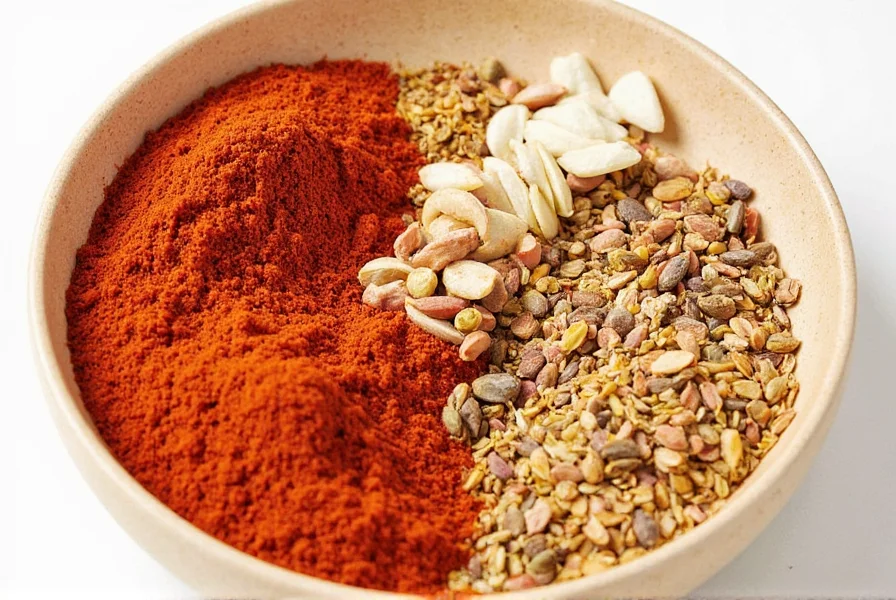
Table of Contents
- What Exactly Is Peprica?
- Types of Peprica: Hot, Sweet, Smoked, and More
- Why You Should Be Using Peprica in Your Kitchen
- How to Cook with Peprica Like a Pro
- Buying Guide: Choosing the Right Peprica for Every Occasion
- Storage Tips to Keep Your Peprica Fresh
- Frequently Asked Questions
- Fun Facts About Peprica That’ll Make You the Life of the Party
- Conclusion
What Exactly Is Peprica?
Peprica is simply the Hungarian word for paprika—a spice made from ground dried peppers, typically Capsicum annuum varieties. While "paprika" is the common English term, "peprica" is used in Hungarian and some European contexts. It’s not a different spice but a regional name for the same product.
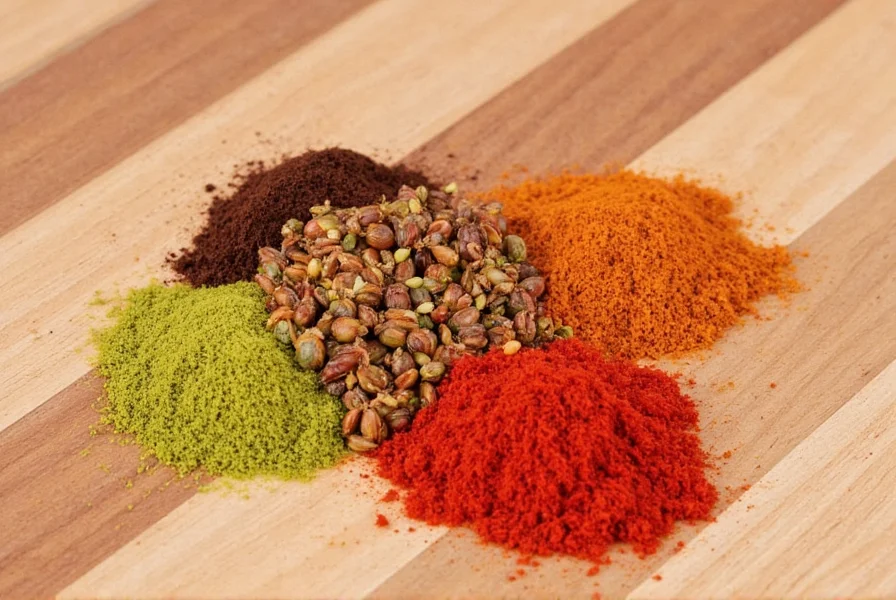
The result? A spice that can range from mild and fruity to bold and smoky, depending on the region and method of preparation. It’s not just a flavor enhancer; it’s also packed with antioxidants like vitamin C and carotenoids, giving your food a health boost along with the color pop.
Types of Peprica: Hot, Sweet, Smoked, and More
Not all pepricas are created equal. Here’s a handy table comparing the most common types:
| Type | Flavor Profile | Heat Level | Best For |
|---|---|---|---|
| Sweet Peprica | Fruity, mellow, slightly sweet | Mild | Stews, sauces, rubs |
| Smoked Peprica | Smoky, rich, earthy | Mild to moderate | Grilled meats, paella, deviled eggs |
| Hot Peprica | Spicy, sharp, pungent | Medium to high | Chili, spicy sausage, hearty soups |
| Rose Peprica | Bright red color, light aroma | Very mild | Garnishing, sauces |
| Noble Sweet Peprica | Balanced sweetness and aroma | Mild | Hungarian dishes like goulash |
Why You Should Be Using Peprica in Your Kitchen
- Color Boost: Nothing adds a more dramatic red tint to dishes than a generous dusting of peprica.
- Flavor Depth: Whether sweet or smoky, peprica layers flavor without overwhelming other ingredients.
- Versatility: From marinades to dips to desserts, there’s no limit to how you can use it.
- Health Benefits: Packed with antioxidants and anti-inflammatory properties—yes, your chili might be good for you!
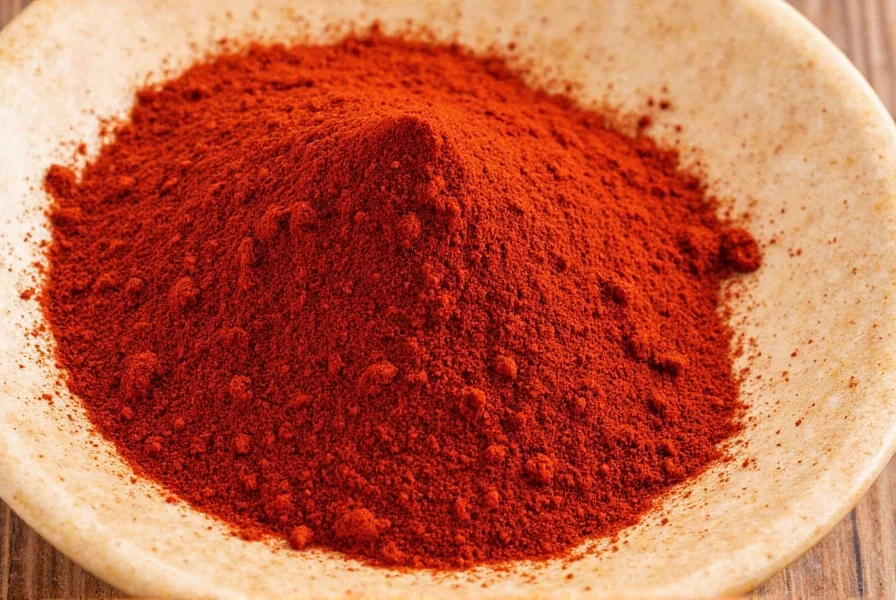
How to Cook with Peprica Like a Pro
Peprica may look simple, but there’s an art to using it effectively. Here are some top tips:
- Add at the beginning for deeper flavor infusion (especially when cooking oil-based dishes).
- Toast lightly in oil before adding liquids to bring out aromatic oils.
- Sprinkle on at the end for a bright visual finish and fresher taste.
- Pair wisely: Peprica plays well with garlic, smoked meats, tomatoes, potatoes, and even chocolate!
Buying Guide: Choosing the Right Peprica for Every Occasion
Shopping for peprica can be confusing. Let’s break it down by product features and use cases:
| Product | Features | Advantages | Best Use Cases | Target Audience |
|---|---|---|---|---|
| Hungarian Noble Sweet Peprica | Made from hand-picked peppers, sun-dried, finely ground | Perfect balance of sweetness and aroma | Goulash, stews, creamy potato dishes | Traditional home cooks, Hungarian cuisine enthusiasts |
| Spanish Smoked Peprica (Pimentón de la Vera) | Smoked over oak fires, available in sweet, bittersweet, and hot | Rich, campfire-like depth | Paella, chorizo, grilled fish, aioli | Chefs, grill lovers, tapas fans |
| American-Style Peprica Blend | Milder, sometimes mixed with salt or fillers | Easily accessible and budget-friendly | Dustings, garnishes, light seasoning | Casual cooks, beginners |
| Pure Organic Peprica | No additives, organic farming practices | Great for health-conscious users and clean-label seekers | All-purpose seasoning, raw dishes | Organic foodies, natural eaters |
| Hot Peprica Powder | Contains spicier pepper varieties | Adds heat without overpowering flavor | Chili, spicy marinades, salsas | Heat-seekers, adventurous cooks |
Storage Tips to Keep Your Peprica Fresh
Peprica is potent, but it fades if stored incorrectly. Follow these steps:
- Store in an airtight container away from direct sunlight.
- Keep cool and dry—moisture is its enemy.
- Use within 6–12 months for best flavor; label the jar with the purchase date.
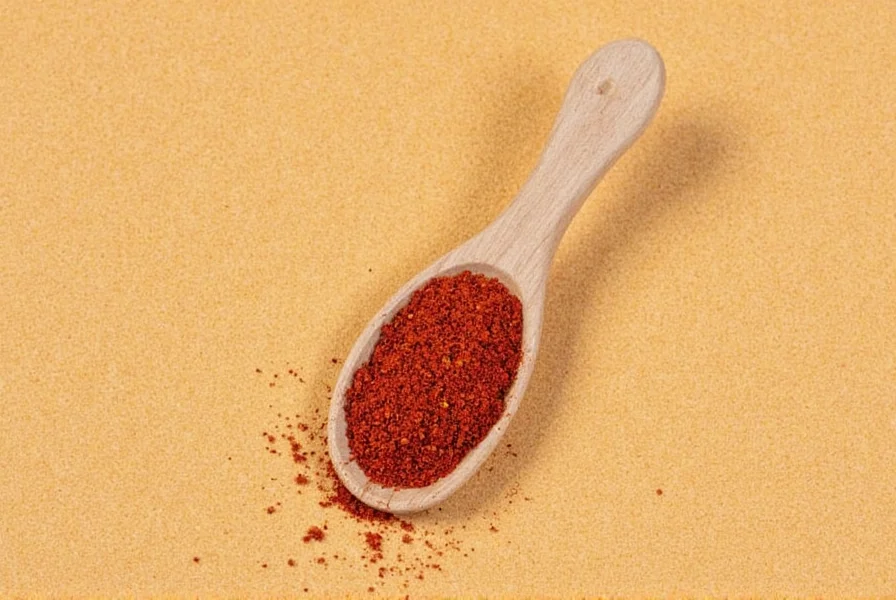
Frequently Asked Questions About Peprica
What is peprica exactly?
Peprica is simply the Hungarian word for paprika—a spice made from ground dried peppers, typically Capsicum annuum varieties. It’s not a different spice but rather a regional term for what’s known as paprika in most English-speaking countries.
Is peprica the same as paprika?
Yes, peprica and paprika refer to the exact same spice. "Peprica" is the Hungarian pronunciation and spelling, while "paprika" is the more commonly used English spelling. Both terms describe the ground pepper spice that ranges from sweet to hot varieties.
What’s the difference between Hungarian and Spanish peprica?
Hungarian peprica tends to be sweeter and more aromatic, often used in traditional dishes like goulash. Spanish peprica (pimentón) is typically smoked over oak fires, giving it a distinctive campfire-like depth. Spanish varieties come in sweet (dulce), bittersweet (agridulce), and hot (picante) options.
How hot is peprica?
Peprica ranges from completely mild (sweet varieties) to quite hot. The heat level depends on the pepper variety used. Sweet peprica has virtually no heat, while hot peprica can range from medium to high on the Scoville scale, though still milder than cayenne pepper or chili powder.
What can I substitute for peprica?
If you don’t have peprica, you can substitute with: mild paprika for sweet peprica, chipotle powder for smoked peprica (though it’s hotter), or cayenne pepper mixed with sweet paprika for hot peprica. Note that substitutes won’t perfectly replicate the unique flavor profiles.
Does peprica go bad?
Peprica doesn’t technically "go bad" but it loses potency and flavor over time. Properly stored in an airtight container away from light and moisture, it maintains best quality for 6-12 months. After that, it becomes less vibrant in color and flavor but is still safe to consume.
Why is my peprica not as red as in recipes?
The vibrant red color depends on the variety and freshness. Noble sweet Hungarian peprica has the brightest red color. If your peprica has turned dull brownish-red, it’s likely old and has lost its color compounds. Store in dark containers and use within 6 months for best color.
Can I make my own peprica?
Yes! To make authentic peprica, select ripe red peppers (like sweet bell peppers or specific paprika varieties), dry them thoroughly (traditionally sun-dried in Hungary), then grind to a fine powder. For smoked version, you’d need to smoke the peppers first over hardwood. Homemade versions won’t be as consistent as commercial but can be rewarding.
Fun Facts About Peprica That’ll Make You the Life of the Party
- In Hungary, peprica has been considered a national treasure since the 16th century.
- It was once used as currency in rural villages.
- There are over 20 official classifications of peprica in Hungary alone.
- Smoked Spanish peprica gets its flavor from slow-smoking over oak for up to two weeks.
- It pairs surprisingly well with dark chocolate—try a pinch in brownies!
Conclusion
Peprica is far more than just a pretty face in your spice rack. With its wide array of flavors, colors, and uses, it’s one of the most expressive spices in the culinary toolkit. Whether you’re stirring up a pot of Hungarian stew or sprinkling it over roasted vegetables for a dinner party, peprica brings both beauty and boldness to the plate.
So next time you reach for that dusty jar in the back of your cupboard, remember—you’re holding centuries of flavor, culture, and chemistry in your hands. Now go make something unforgettable.
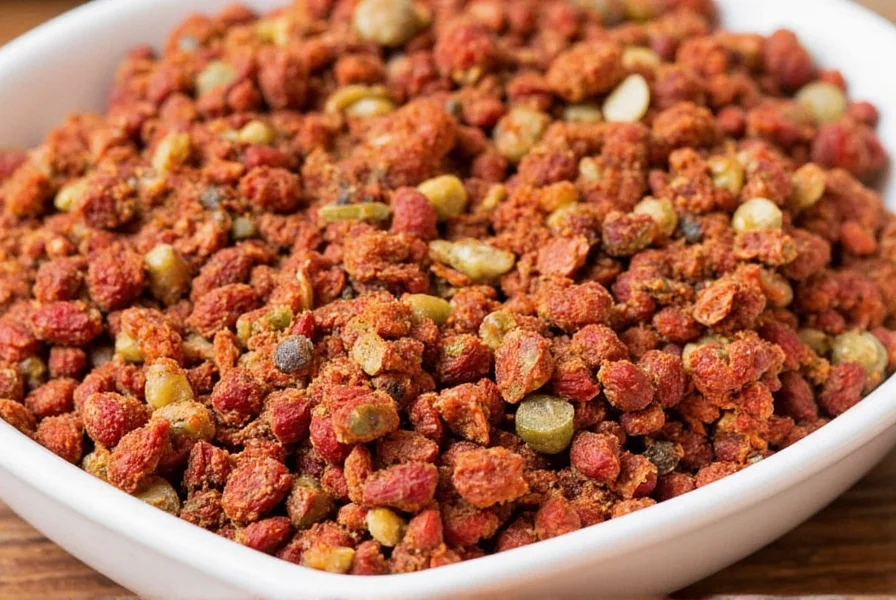

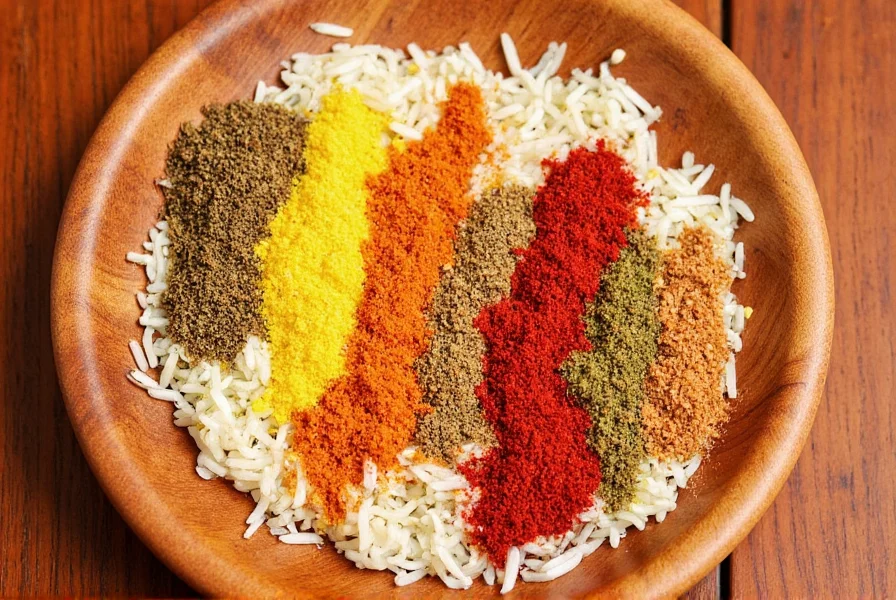









 浙公网安备
33010002000092号
浙公网安备
33010002000092号 浙B2-20120091-4
浙B2-20120091-4